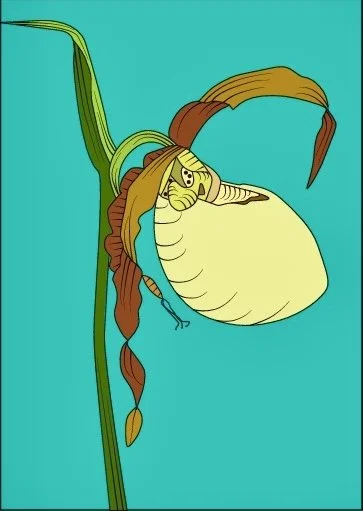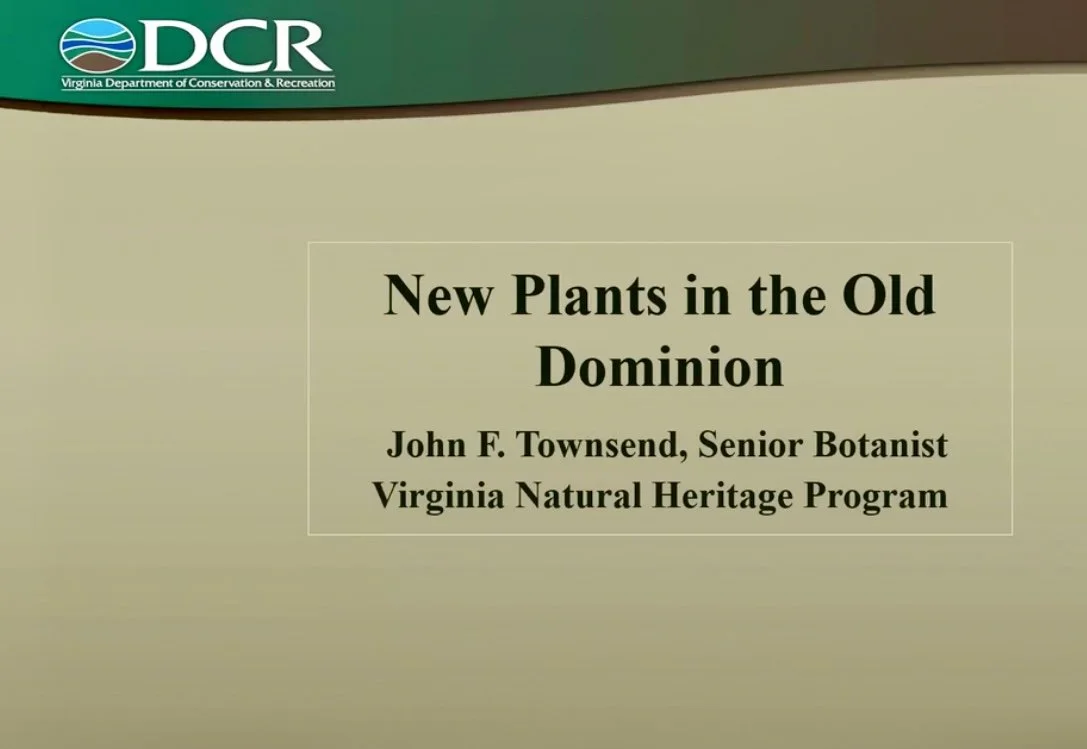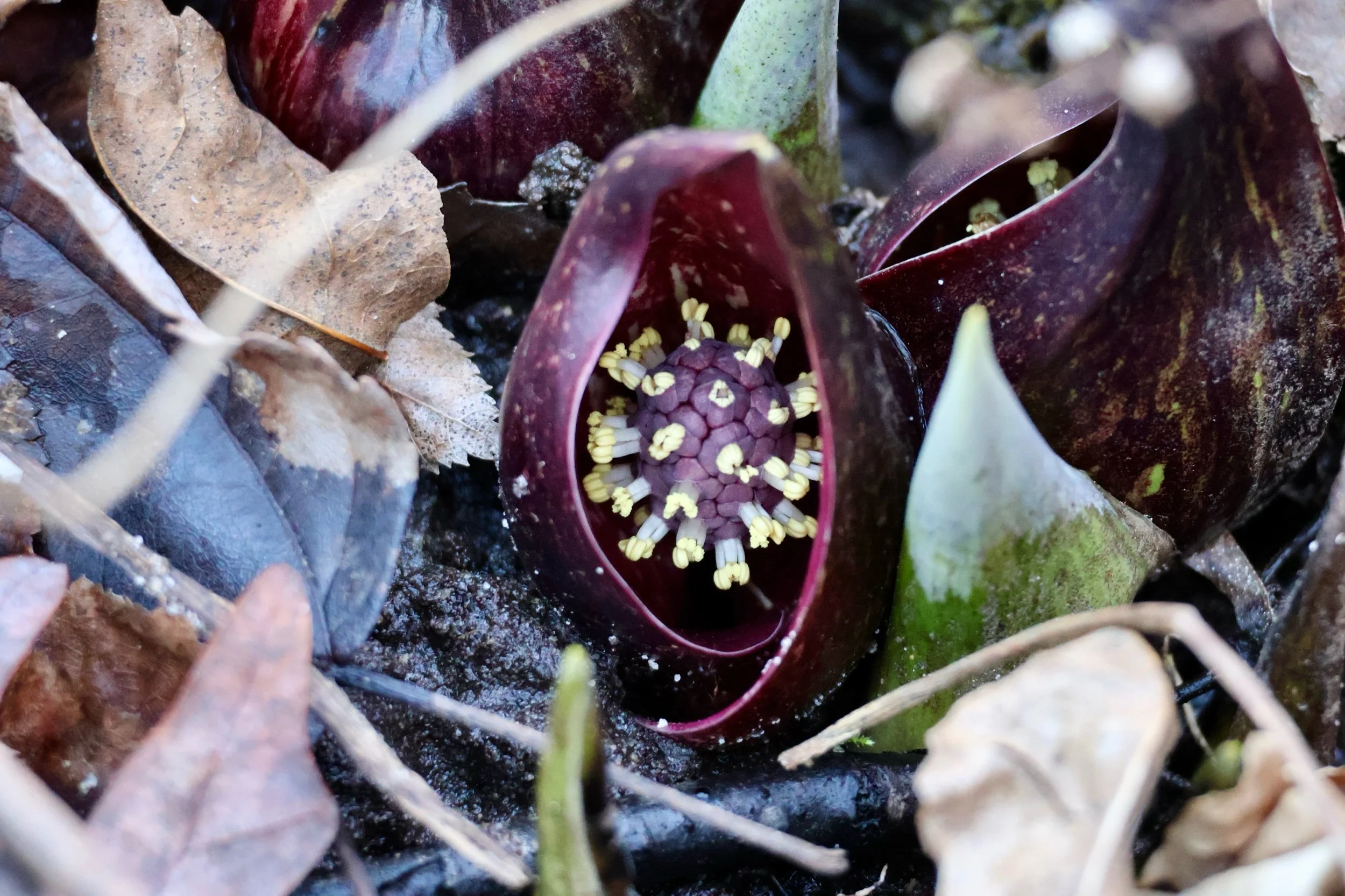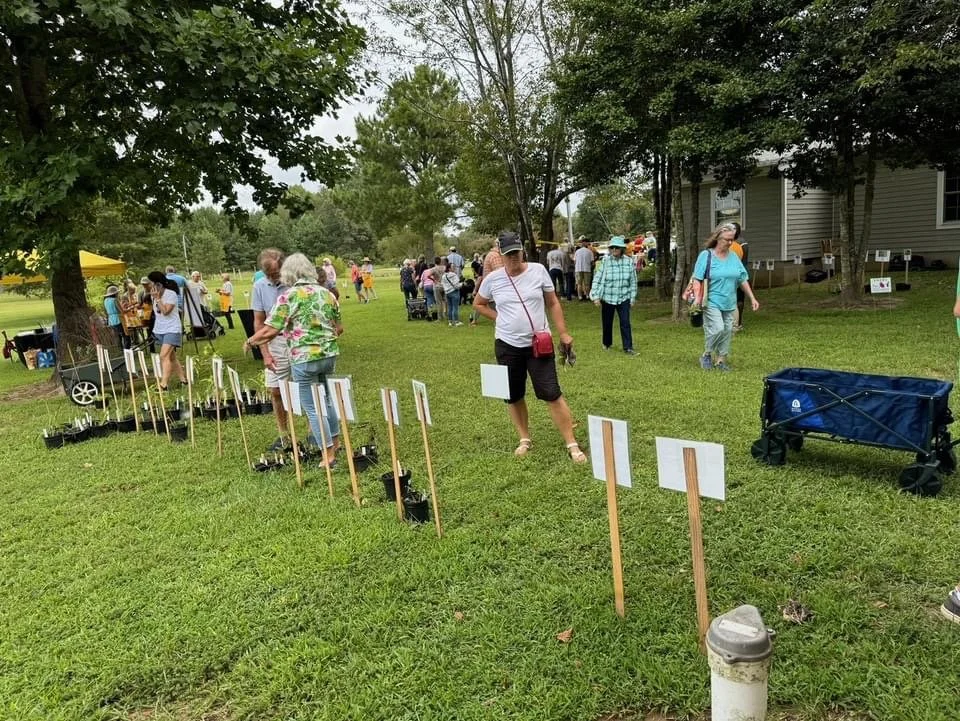Did you know we have a wonderful native Wild Strawberry, also known as Scarlet or Virginia Strawberry? It is an adaptable low, herbaceous perennial that spreads by runners to form handsome, ground-covering semi-evergreen colonies.
Read MoreDue date extended to April 30, 2025
Please find the scholarship criteria for a graduating senior sponsored by for the Northern Neck Chapter of the Virginia Native Plant Society. Contact Ted Munn (contact info below) if you have any questions; email preferred.
The purpose of this scholarship is to recognize an outstanding student graduating from a High School, either public or private in the Northern Neck. The graduating senior must exhibit a desire to continue studies in a recognized College, University or Community College with a focus on the environment, conservation, botany or any discipline that is geared toward bettering our Commonwealth with an emphasis on flora of the Northern Neck.
Read MoreWith the arrival of spring this month, I always look forward to finding one of my favorite early wildflowers, Virginia Pennywort. This herbaceous perennial is a diminutive spring ephemeral that emerges as early as February in the Coastal Plain but is often hidden in the leaf litter and visible only to those with the sharpest eyes.
Read MoreThe NN VNPS Meeting on Feb. 20, 2025, was presented by Johnny Townsend, the Senior Botanist for Virginia’s Division of Natural Heritage. His program was on the Latest and Greatest Botanical Finds in Virginia. Fabulous program about many recently discovered strange and rare native (and a few non-native) plants in the Commonwealth.
Read MoreRed Maples, also called Swamp or Scarlet Maples, are known for their brilliant fall color. Now they may seem to be a surprising choice for the February Plant of the Month, but they are a true harbinger of spring, blooming in late winter often as early as February in Coastal Virginia.
Read MoreOne of my favorite plants during winter walks in the woods is the Common Running-cedar. This lovely but distinctive evergreen plant is common across Virginia in moist to dry acidic forests, especially in disturbed or successional forests with mixed pines, oaks or tulip poplars.
Read MoreIn celebration of our successful annual Hickory Hollow Skunk Cabbage walk on January 1, 2025, NNVNPS is reposting this Plant of the Month from December 2020.
Skunk Cabbage Flower with spadix, Jan 1, 2025. Photo by Kyle Langford
Read MoreOur Purpose: To encourage the conservation of Virginia’s native plants. To educate the public about native plants and to encourage their preservation and cultivation.
Read MoreInkberry or Gallberry is a great choice for the December Plant of the Month. This handsome broadleaf evergreen shrub typically grows slowly to about 5 – 8’ high and wide and has plenty of winter interest with its small narrowly ovate to lance-like dark green leaves that sparkle in the winter sun.
Read MoreWinged Sumac is a beautiful large deciduous shrub that shines throughout the year but is especially vibrant when it ignites into a fiery crescendo in fall. Typically growing from 7 – 15’ tall, this sumac often spreads into large colonies by root suckers.
Read MoreThe October Plant of the Month, Sourwood or Lily-of-the-Valley Tree, is spectacular in every season but especially so each fall as the foliage ignites into brilliant crimson or reddish-purple. Sourwood is one of our earliest, most vivid, and most reliable fall coloring trees, especially in the South.
Read MoreWe enjoyed a wonderful venue, perfect weather and sold more plants and earned more than ever before over the three-day sale! Our Total Gross proceeds for the Sale totaled a stunning $11,223.07. We sold around 1400 beautiful native plants and nearly sold out by the end of Saturday.
Read MoreWe want to thank all of our loyal members, new members and the general public who crowded into our Native Plant Sale. You far exceeded our expectations today with enthusiasm and zeal for native plants. Although we started with nearly 1400 plants (more than ever) we have nearly sold out. We do have a very few plants left. We will be at Good Luck tomorrow at 1pm to sell the few remaining plants and handout Guides and literature.
Read MoreNot a member? Do we have a deal for you? Come join our Chapter on Friday or any time this weekend and take home a free American Beautyberry shrub for your own garden until they run out!
Read MoreSweet or Anise-scented Goldenrod is one of the earliest fall blooming Goldenrods to grace our open areas including open woods, fields, powerline cuts and roadsides each fall.
Read MoreCommon Cut-leaf Coneflower is a tall statuesque late summer-fall bloomer found throughout Virginia and stands above most perennials at heights 5 to 9 feet. Also known as Green-headed, Tall Coneflower, or Wild Golden Glow, it is widely distributed in open floodplain forests, alluvial swamps, seepage swamps, wet meadows, and along streams and rivers and even roadsides.
Read MoreThe July Plant of the Month, Common Milkweed, is a lovely, robust, herbaceous perennial festooned with showy clusters of flowers from June to August. A member of the Milkweed genus, Asclepias, it often gets a bad rap for its rhizomatous roots that can spread aggressively; however, this species offers many attractive benefits.
Read More





